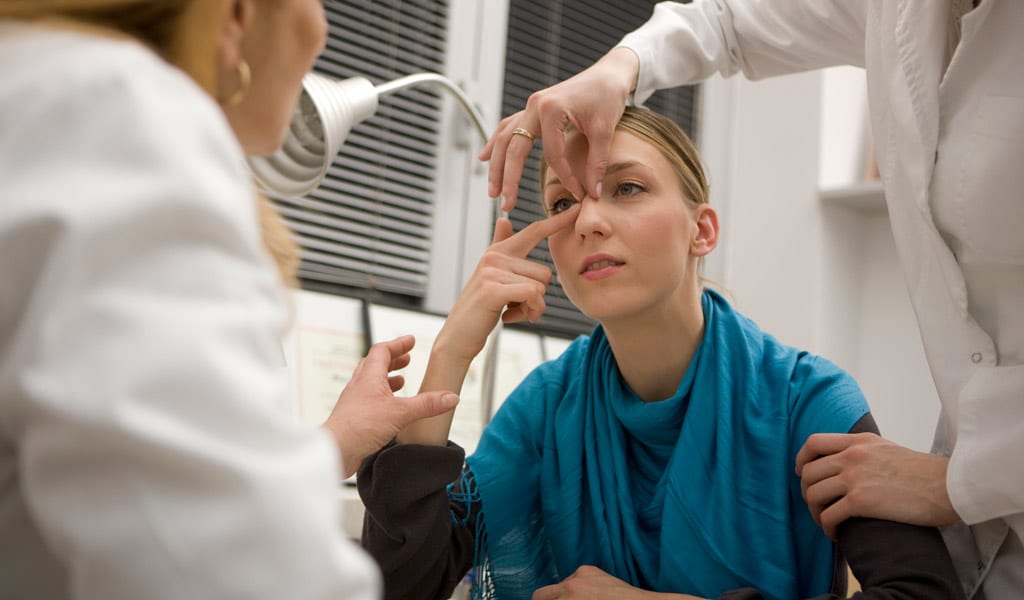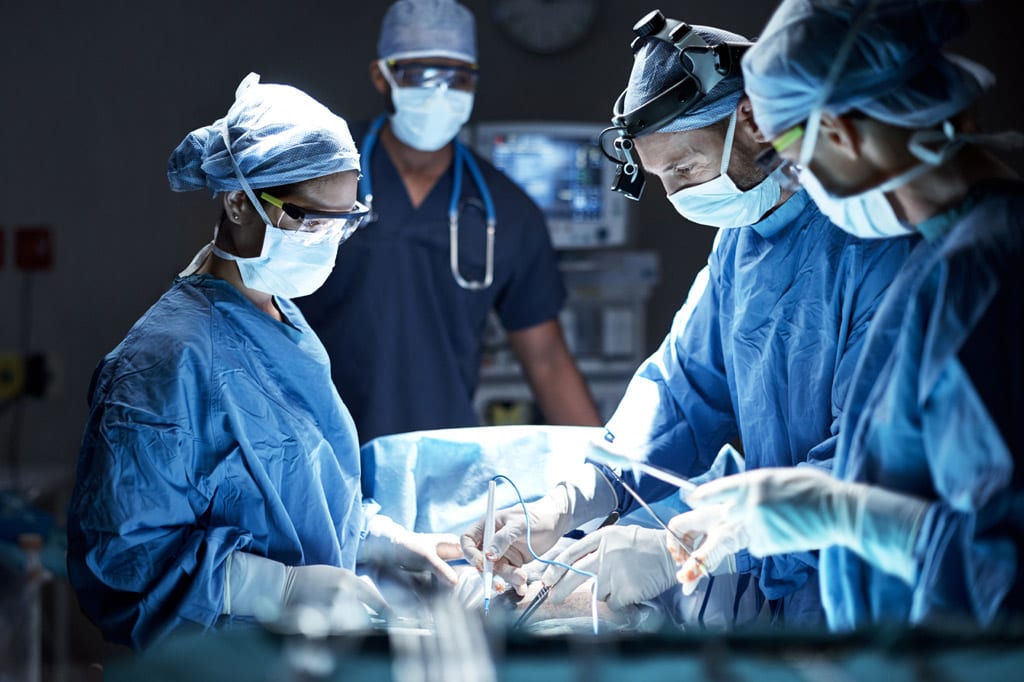Home » Useful Links » Septoplasty Beverly Hills
Patients with a deviated septum typically need a septoplasty to alleviate symptoms. If you’re searching for a surgeon to perform septoplasty in Beverly Hills, here are a few things to consider.

A septoplasty is a necessary procedure for patients experiencing the following symptoms:
The most important thing is to make sure the surgeon is board certified by the American Board of Plastic Surgery (ABPS). Certification shows the surgeon has completed the necessary surgical training and has passed rigorous medical exams.
To become a board-certified surgeon, physicians must complete at least six years of surgical training and a minimum of three years of plastic surgery residency training. ABPS member surgeons are also required to:


It’s important to consider a surgeon’s qualifications, experience, results of past surgeries, and professional demeanor.
A septoplasty surgeon should have extensive training in facial plastic and reconstructive surgery. Another sign of a surgeon dedicated to their field is being a member of medical associations and engaging in research.
A surgeon’s professional demeanor can speak volumes about their ability to meet patients’ expectations. During an initial consultation, a septoplasty surgeon should take the time to evaluate your appearance, review your medical history, perform a physical examination, take photographs, and discuss expectations. A septoplasty surgeon will also discuss with you the benefits and risks of the surgery.
A final, and critical, step is to review the surgeon’s examples of past surgeries and see if they have a track record of successful outcomes. Read reviews to learn more about the typical patient experience at the surgeon’s clinic.
Patients undergoing septoplasty face the following risks:
Immediately after the procedure, patients should avoid:
Blowing their nose for several weeks
Pulling clothing over their head
Strenuous activities for up to five weeks
Patients will be advised to elevate their head when sleeping and wear clothing that fastens in the front, to avoid injuring their nose when pulling clothing over their head.
Nasal tissue will be relatively stable after about three to six months, but it’s still possible for the cartilage and tissue to gradually move or reshape over time. Patients may notice minor changes in their nose for up to one year after surgery.
Overall, patients will be better able to breathe after septoplasty. However, some patients may need to undergo a second septoplasty to make additional adjustments to the nose and septum.